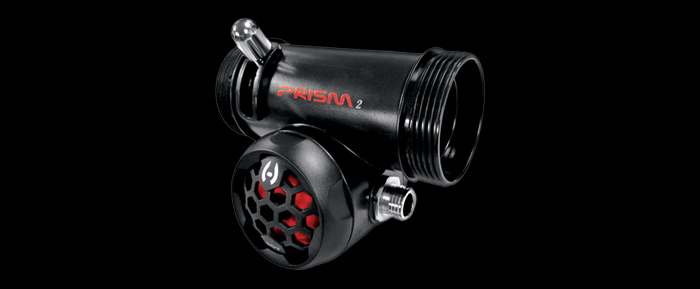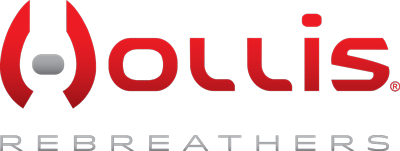
BOVs can be handy devices, allowing you to leave the DSV in your mouth if you need to switch to open circuit. They are essential on recreational rebreathers.
For technical rebreather divers, keep the following points in mind:
BOVs are easy to switch to open circuit, but don’t be hasty and switch back until you are certain you know what is going on in the breathing loop. Sanity “breaths” were once taught as a solution intended to clear your mind, but we now know that mere breaths will not solve an oxygen issue in the body. One or two breaths will not fix a hypoxia problem if you are already feeling fuzzy. You need to take your time. If a problem is solvable and it is safe to do so, then there may be ways to switch back to the loop on some rebreathers. However, if you switched because you felt funny, its smarter to stay off the loop and get your brain back in gear again.
Given the above, then you must be hooked up to a meaningful gas supply if you plan to use your BOV for more than a couple of breaths. If your BOV is plumbed to your onboard diluent, then you may still have to switch to your offboard tank unless you can make a direct shallow ascent.
You must test your BOV underwater every time you dive to ensure its function. This is done at the beginning of the dive.
You should always carry a second stage on your offboard bailout tank for other divers or for BOV failures. The only exception is for shallow recreational divers who don’t have a bailout tank. Their second stage will be plumbed to the onboard and carried like an octopus.
Your BOV should be tested and proven to be “Class A” for the depths and workload you intend on using it. Any sliding valves, connectors and convenience items that are added to your BOV system must pass similar scrutiny. Anything that might restrict gas flow will increase the breathing effort which can be problematic if you are suffering from over exertion or carbon dioxide issues. Some third party BOVs may not have passed scrutiny third party independent testing and may also void a rebreather’s warranty.
All recreational rebreathers have BOVs, but if you are learning to dive a technical rebreather, this may be an optional item. I suggest mapping out a risk/benefit list and checking all the variables so you understand the intention, advantages and disadvantages of using a BOV.
Check out the Hollis Prism 2 BOV.

